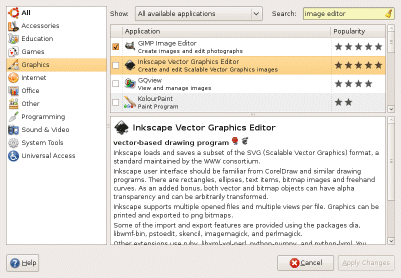I’ve been researching open source .NET and noticed that SharpDevelop, the free IDE for .NET on Windows, completed version 3.0 earlier this month. Congratulations to the team. Along with Windows Forms and ASP.NET applications in C# or Visual Basic, you get extras like support for F#, Boo and Python. Another welcome feature is built-in support for Subversion version control. There’s even an ASCII table in the IDE, which brings back memories: 15 years ago every programming manual had one at the back.

SharpDevelop has two major challenges. One is keeping up with Microsoft; right now there are discussions about improving WPF support, for example. The other is that Microsoft offers free Express versions of Visual Studio, which leaves SharpDevelop with those niche users for whom the Express products are unsuitable, but who do not want to pay for a full version, or who are wedded to some exclusive SharpDevelop feature.
In favour of SharpDevelop, it installs more easily and loads more quickly than Microsoft’s effort, and certainly proves the point that native C# applications do not have to be slow.
A more interesting though less complete product is the forked MonoDevelop, which is cross platform and targets Mono, the open source implementation of .NET. Mono now looks good on Linux; but the idea of WORA (Write Once Run Anywhere) has never really caught on in the .NET world. How many significant Mono applications for Windows have you seen? My guess is that if it happens at all, it will be in the form of Silverlight/Moonlight running in the browser.





